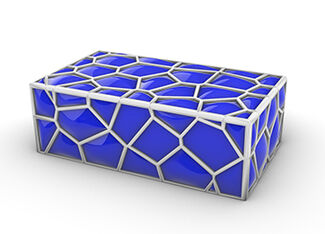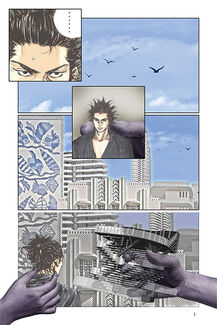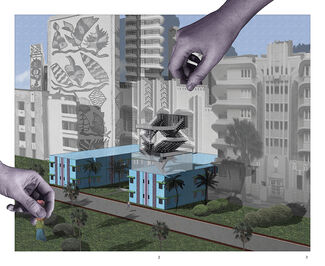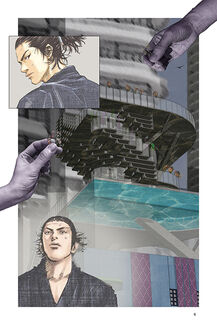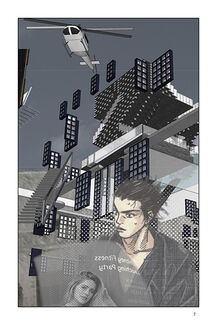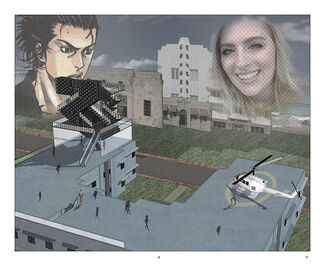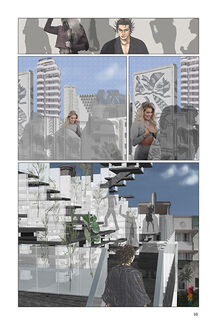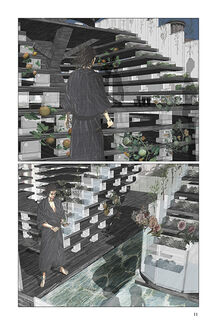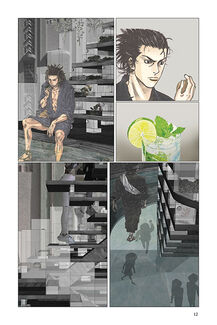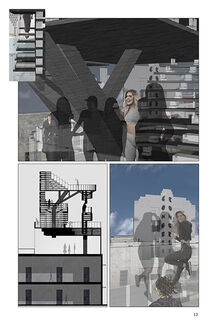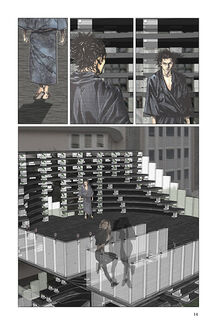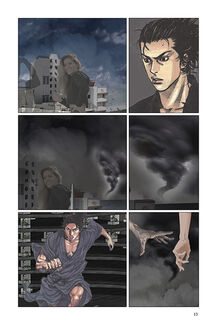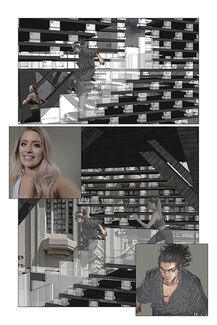
Juelin Wang (MArch 2021)

What factors influenced your interest to study at SAIC?
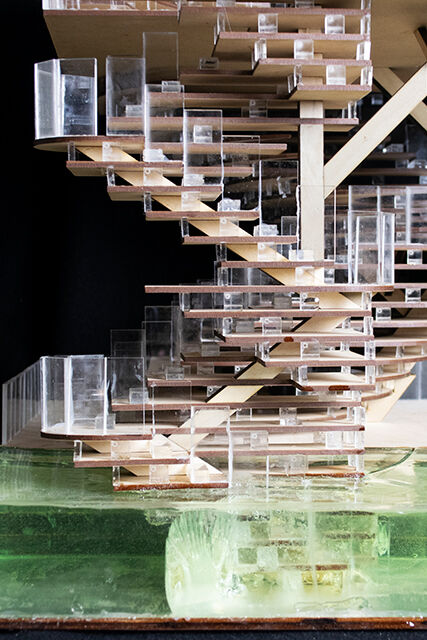
I believed I could get inspiration for my designs from SAIC. I could visit the Art Institute whenever I wanted to see all the masterpieces. Paintings, sculptures, furniture, etc, from different eras. I could make good use of the resources in the Ryerson & Burnham Library (I used their microfilm archive this semester for one of my projects, high quality photos of architectural plans, sections from decades ago!). By studying architecture in an art school, I could work with artists from different fields. I believed that to make a good design I would get ideas from daily life and from art works, instead of getting inspired only by works from other designers. And it is true. This semester, I’ve had friends from the painting department, from ceramics, from VCD, etc. They really helped me a lot when I was getting ideas for my major project. By investigating in different areas, they could see the same thing from different aspects.
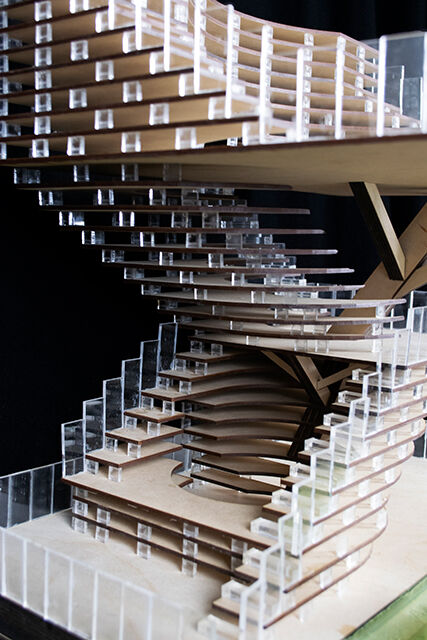
The school is very responsive to their students. CAPX always has the most updated information about jobs and internships. It also has resume Monday that helps students revise their resumes. I believe they are really helping students to get on track for future careers.
The school also has the most updated information about visiting artist lectures, also lectures and speeches held by the museum. I’ve attended Tadao Ando’s speech at the Art Institute and also a lecture about Ukyo-e.
At this school, we can select courses from other departments as our elective class. This is a feeling of freedom. Here, choosing a pathway doesn’t mean I have to sacrifice my hobbies. I’ve already chosen a painting class about expressionism for next semester. I’m really glad that I don’t have to give up drawing by choosing architecture, another love of my life, at SAIC.
Where did you previously study and what topics did you investigate?
I had two years of studying economics in Beijing. And then I transferred to the University of Michigan in Ann Arbor to study Mathematics. I have a BS in Math with an emphasis in Financial Mathematics and Risk management. I also have a minor in Computer Science. I’ve studied algorithms and discrete mathematics, and got a chance to know about computer security.
What courses within AIADO have helped shape your current work?
I would say my studio class and the Grasshopper/Rhino class (which is my elective class for this semester).
The studio class is a class with high efficiency. I’ve had good practice in different softwares, and I also got great design ideas. Professor Thomas Kong is a great instructor who always leads me to move forward. When he was helping me with my project, instead of asking me to make any specific rearrangements, he left me spaces for creativity. And I’ve been so moved - whenever I had trouble with my project, he would draw lots of sketches in my sketch book, helping me to get new ideas, inspiring me by bringing up articles and other people’s work on my laptop. I feel like my professor cares about me, even though I’m a student with no background in architecture! He cares about my work. And the school cares about me, too, which makes me want to work even harder and show them “Here’s what I can do, and you know what, I can do more, and then more”.
I got a chance to make good use of my computer science background in the Grasshopper/Rhino class. I think the parametric modeling is really eye opening. By creating an object from components connecting to together, it helped me to build up my sense of space, which I've rarely had practice in.
How has Chicago as a city influenced your research and practice?
Chicago is a city with diversity. It is metropolitan in the loop, busy, crowded. Many things are happening at the same time here. But if you hop on a train to the north, you can see residential neighborhoods, quiet and peaceful. As a student of AIADO, I appreciate that I have this chance to wander around this city. I can see works from famous architects, I can see overall what a good urban design could be, and I can get really close and see how people live in this city.
Once, I was in the Metropolitan Museum of Art in New York City and I saw Seurat’s A Sunday on La Grande Jatte, and the introduction mentioned that there’s a larger one in Chicago. I was thinking that one day I would go to Chicago to see it. And now I’m in Chicago. So for me it feels like coming to Chicago was decided a long time ago.
What are you currently investigating in your work now?
This is the first semester of my 3-year program, so I started with getting a fundamental understanding of architecture. In this semester’s work, I focused on the hybrid of architectural elements and the functionality of the architecture. For my final project, I designed architecture that had branching columns to hold the structure, layering platforms and modular glass bricks that worked consistently as staircases and walls. The bricks were hollow with openings which worked as a container for hydroponic vegetation. The whole architecture provided an environment for cooking and recreational activities. The second and third floor area was for making smoothies and salads from freshly picked fruits and veggies growing from the brick containers. The ground floor and the top platform were for swimming and yoga.
I love the idea of introducing greens and vegetation into architecture. Coming from Beijing, which is a city with a huge population with lots of people sharing spaces, what I’m most interested in is how to create a cozy residential environment for people who have limited living spaces and privacies. I think I’m going to apply this “nature friendly” concept to my future study as well.
Read more interviews with AIADO students here.

